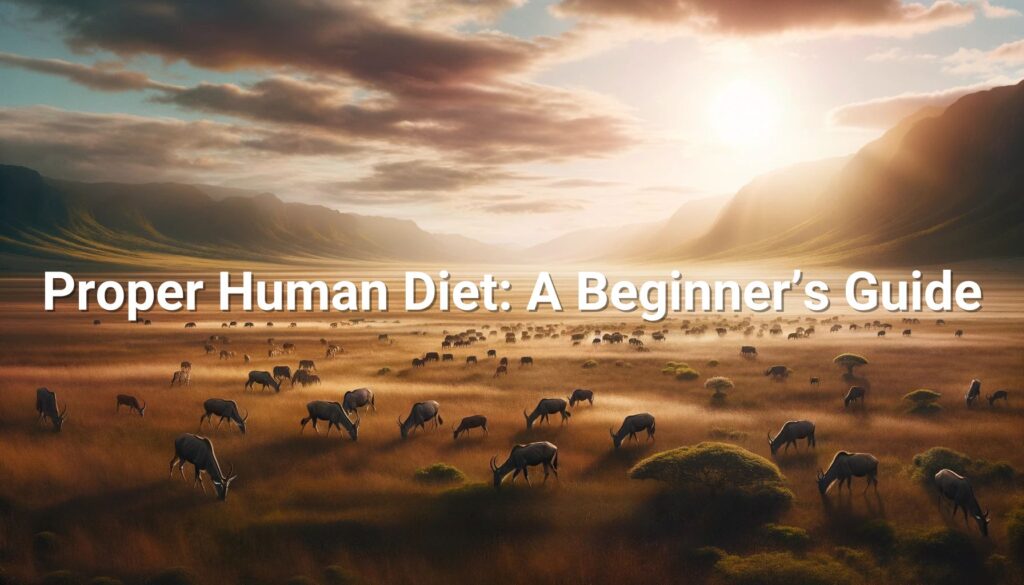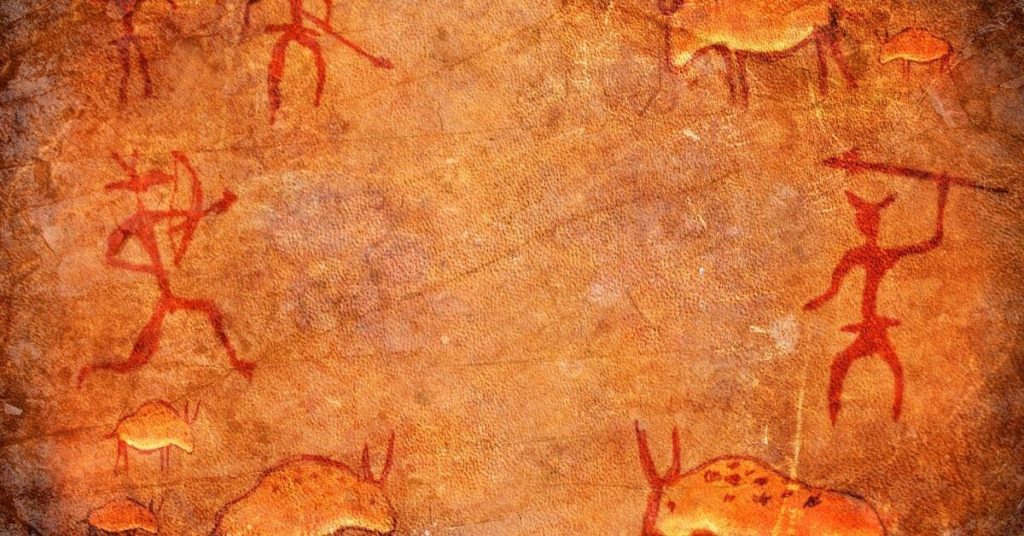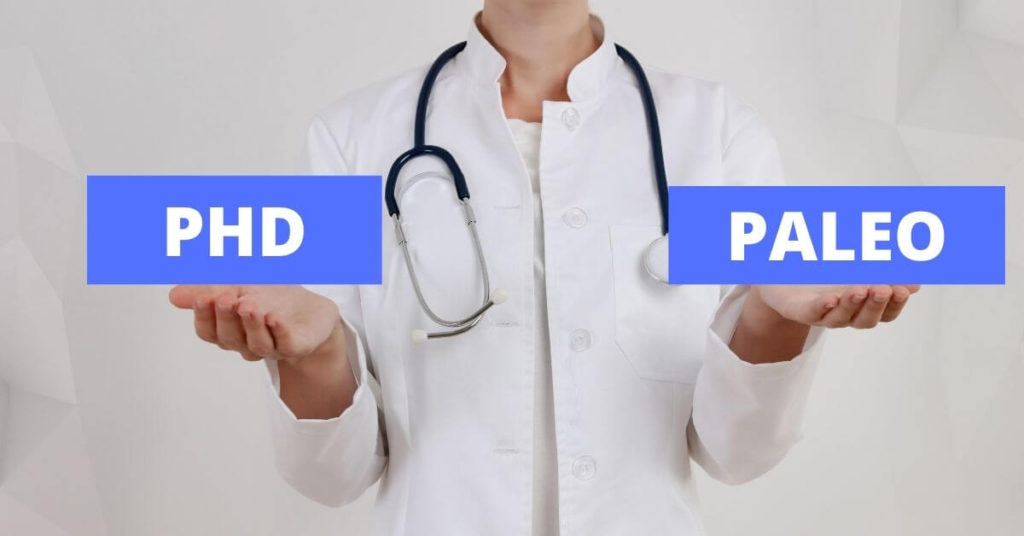Introduction
The quest for the optimal human diet is a topic that has fascinated nutritionists, dieticians, and health enthusiasts for ages. Various diet trends have emerged, each promising a pathway to better health and weight management. Among these, the Paleo, Ketogenic (Keto), and Animal-Based diets have gained considerable attention. This article aims to provide a comprehensive analysis of these diets, examining their principles, benefits, and potential drawbacks.
| Diet | Included Foods | Excluded Foods |
|---|---|---|
| Paleo | Fruits, vegetables, meat, eggs, nuts, and seeds | Dairy, grains, legumes, refined sugar, coffee, and alcohol |
| Keto | Meat, eggs, dairy, some fruits, nuts, and seeds | High-carb fruits, grains, legumes, and added sugar |
| Animal-Based | Grass-fed meat, organ meat, bone broth, seafood, eggs, dairy, some fruits, and raw honey | Vegetables, nuts, seeds, legumes, grains, refined sugar, plant oil, coffee, and alcohol |
Key Takeaways from the Comparative Analysis of Paleo, Keto, and Animal-Based Diets
Paleo Diet Fundamentals:
- Focuses on raw foods like meat, eggs, and plant foods.
- Excludes dairy, grains, legumes, refined sugar, tea, and coffee.
- Modern fruits and vegetables have evolved from their Paleolithic forms.
Ketogenic Diet Core Principles:
- High fat, low carbohydrate diet to induce ketosis.
- Includes meat, eggs, dairy, and low-carb fruits and vegetables.
- Restrictive on high-carb fruits, grains, and sugars.
Animal-Based Diet Essentials:
- Over seventy percent of calories are from animal foods.
- Emphasizes nutrient-dense foods like meat, organs, bone broth, and certain dairy products.
- Excludes most fibrous or least digestible plant foods.
Comparative Nutritional Insights:
- The paleo diet might lack certain nutrients, especially calcium.
- The Keto diet’s low carb limit could lead to deficiencies in certain vitamins and minerals.
- Animal-based diets might miss out on plant-based nutrients and fiber.
Evolutionary and Anatomical Considerations:
- Human digestive tract evolution suggests adaptations to a varied diet.
- The closest primate relatives have diverse diets, implying natural dietary variety for humans.
Balanced Dietary Approach:
- An optimal diet likely combines the principles of these diets, emphasizing whole, nutrient-dense foods.
- Individual variations, lifestyle, and health goals are crucial in determining the best diet.
Sustainability and Long-Term Health:
- A flexible approach that incorporates a variety of foods is likely more sustainable and healthful.
The Paleo Diet: Back to the Basics
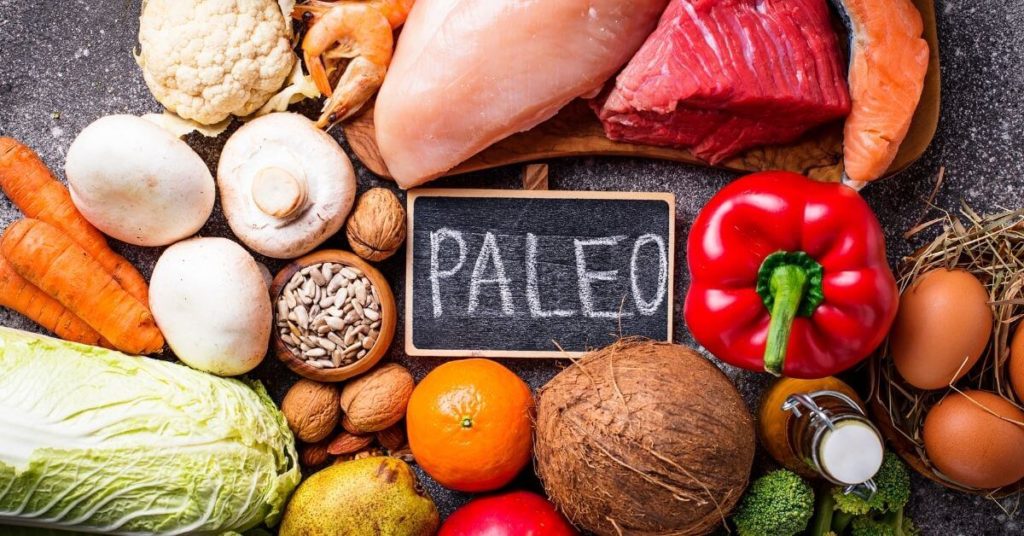
The Paleo diet is founded on the idea of eating like our Paleolithic ancestors, which means consuming raw foods such as meat, eggs, and plant foods. The belief is that our bodies are best adapted to this type of diet. Paleo enthusiasts avoid dairy, grains, legumes, refined sugar, tea, and coffee, focusing on food groups like fruits, vegetables, meat, eggs, nuts, seeds, and plant oils.
However, modern vegetables and fruits have evolved significantly from their ancestral forms. This raises questions about the true fidelity of the Paleo diet to our ancestral eating patterns. Critics also point out potential nutritional gaps, particularly in calcium and certain amino acids essential for protein synthesis.
The Ketogenic Diet: Fats Front and Center
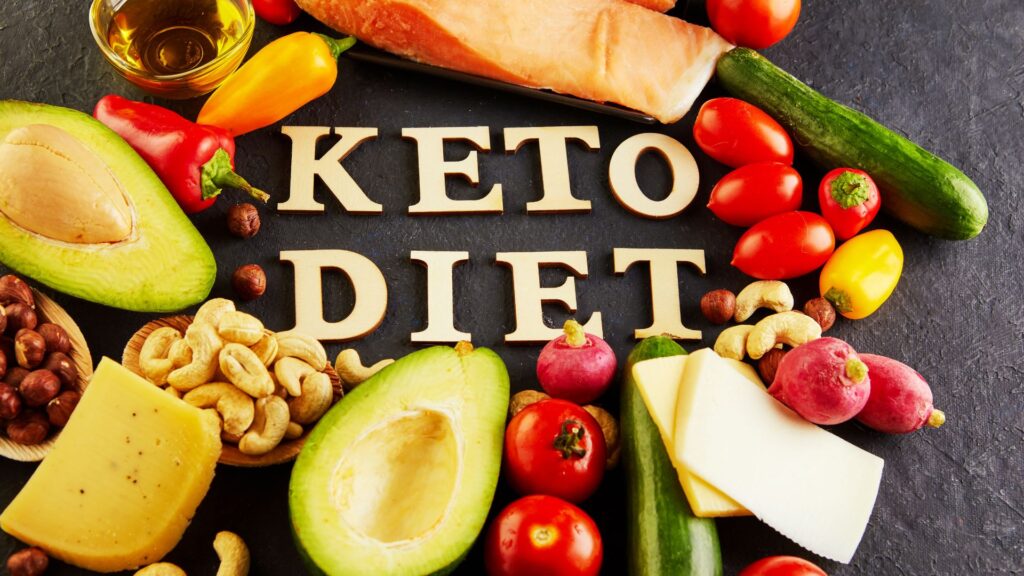
The Ketogenic diet shifts the focus from ancestral foods to macronutrient composition, emphasizing a high fat, low carbohydrate intake. This diet is designed to induce a state of ketosis, where the body primarily burns fats for energy. Keto followers consume meat, eggs, dairy, and certain vegetables while avoiding high-carb fruits, grains, and sugars.
While the Keto diet has shown effectiveness in weight loss, it also raises questions regarding long-term sustainability and nutritional balance, particularly concerning the restriction of fruits and certain vegetables rich in vitamins and minerals.
The Animal-Based Diet: A Hypercarnivore Approach
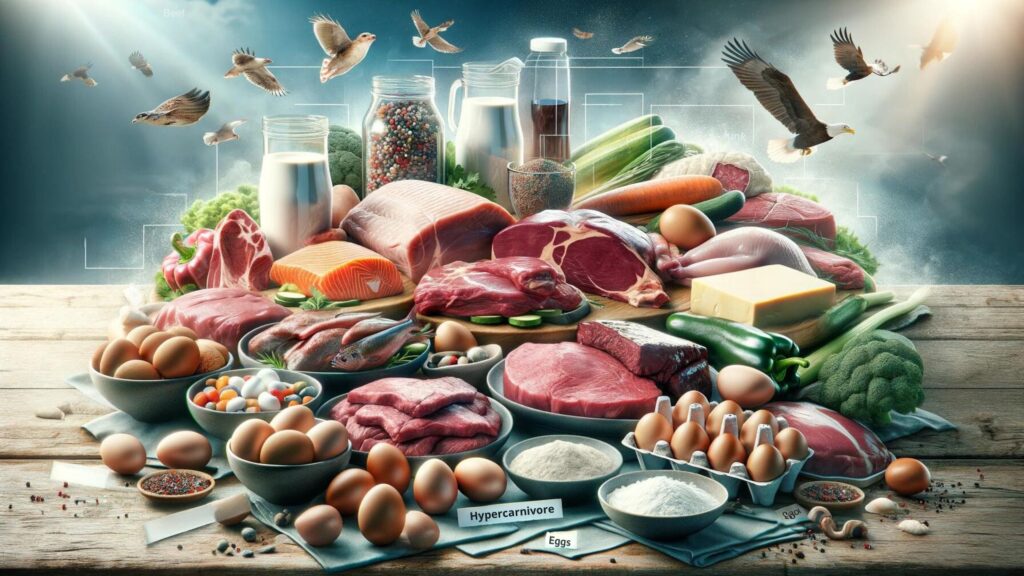
The Animal-Based or “Hypercarnivore” diet takes a more radical approach, with over seventy percent of calories coming from animal foods. This diet values nutrient-dense foods, focusing on meat, organs, bone broth, wild seafood, pasture-raised eggs, and certain dairy products. The most fibrous or least digestible plant foods are excluded.
This diet argues that the human digestive tract has evolved to resemble more that of an omnivorous or carnivorous animal, suggesting a higher efficiency in nutrient absorption from animal sources. However, this approach might overlook the potential benefits of a more varied diet, including certain plant-based foods.
| Category | Includes | Excludes |
|---|---|---|
| Optimal Human Diet (Ketocarnivore) | Grass-fed or pasture-raised meat and organs, bone broth, wild seafood, pasture-raised eggs, raw or grass-fed dairy, low oxalate lectin-free seasonal organic whole fruit or smoothie (i.e., green banana, blueberries, mango, papaya, pineapple, dragon fruit, passion fruit, pomegranate, apple, grapes, pear), juice from low oxalate, lectin-free, and low-carb seasonal organic fruit (i.e., wild blueberries, strawberries, blackberries, cranberries, cherries, peach, melon, plum, ripe avocado, coconut, lemon, lime, grapefruit, orange), peeled cucumber, peeled and/or cooked zucchini, squash, green plantain, cooked bell pepper, raw honey, tallow (for cooking), extra virgin olive oil (for dressing). | High oxalate or lectin-rich fruit (i.e., raspberries, kiwi, olives, figs, dates, dried apricot, goji berries, starfruit, tomato, whole orange, unripe avocado, ripe banana, ripe plantain), any juice made from high-carb fruit (banana, mango, papaya, pineapple, dragon fruit, passion fruit, pomegranate, apple, blueberries, grapes, pear), vegetables (except for peeled and cooked sweet potato), nuts, seeds, legumes, grains, refined sugar, tea, coffee, alcohol, seed oil, refined plant oil. |
Comparative Analysis: Benefits and Drawbacks
Each of these diets presents unique advantages. The Paleo diet embraces a wide range of natural foods, potentially leading to a more balanced nutrient intake. The Keto diet’s focus on fats can be effective for weight loss and maintaining stable energy levels. The Animal-Based diet emphasizes nutrient-dense foods, potentially leading to better nutrient absorption.
However, there are drawbacks. The Paleo diet might lack certain nutrients, especially calcium. The Keto diet’s strict carb limits could lead to deficiencies in vitamins and minerals found in fruits and vegetables. The Animal-Based diet’s heavy reliance on animal products might miss out on the benefits of plant-based nutrients and fiber.
Evolutionary Perspective and Modern Adaptations
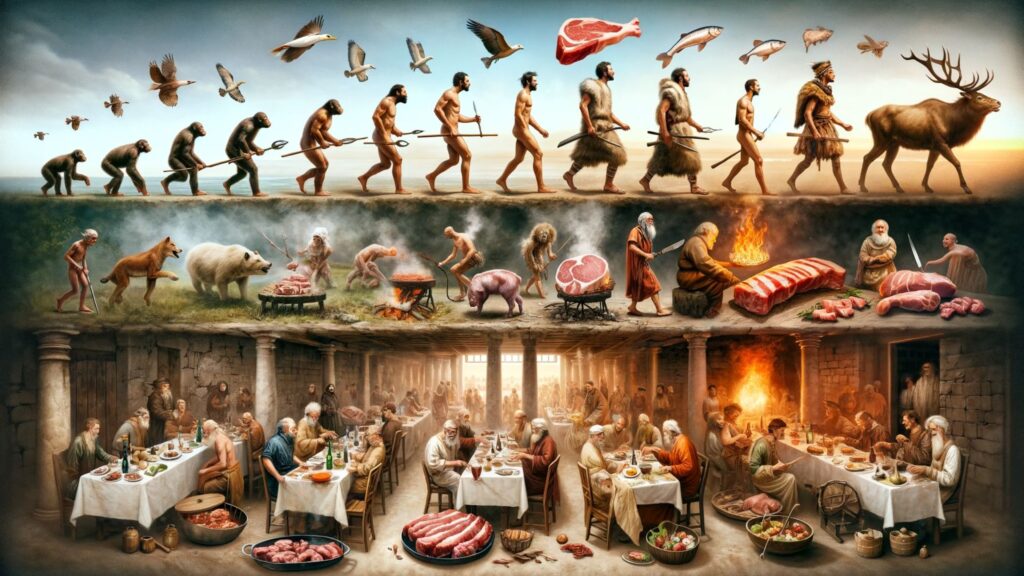
When examining these diets from an evolutionary perspective, it’s crucial to consider both external and internal human anatomy. Our teeth and digestive tract have evolved significantly, suggesting adaptations to a more varied diet than what strict paleo or hypercarnivore diets offer. Our closest relatives, primates, also have varied diets, indicating that a diverse diet might be more natural to our species.
Conclusion: Striking a Balance
The optimal human diet likely lies in a balance between these approaches. A diet that emphasizes whole, nutrient-dense foods, whether animal—or plant-based, and minimizes processed foods seems most in line with our evolutionary heritage and nutritional needs. However, it’s also important to consider individual variation, including genetic factors, lifestyle, and personal health goals, in determining the best diet.
In conclusion, while the Paleo, Keto, and Animal-Based diets each have their merits, a balanced, flexible approach that incorporates the principles of these diets may offer the best path to health and well-being.
Are you looking to implement these dietary insights into your daily routine? Explore our comprehensive 7-day meal plan for the proper human diet.
Sources:
The insights and comparisons presented in the article are primarily sourced from the review article “Paleo vs. Keto vs. Animal Based: A Comprehensive Comparative Analysis of the Optimal Human Diet” by Wendy Wen and Shi Wu Wen, published in the Journal of Obesity and Weight-loss Medication in 2023. This review provides a detailed examination of the Paleo, Ketogenic, and Animal-Based diets, discussing their principles, benefits, potential deficiencies, and implications on human health. Key references from the original review article include:
- Holliday, J.A., & Steppan, S.J. (2004). “Evolution of hypercarnivory: The effect of specialization on morphological and taxonomic diversity.” Paleobio, 1, 108-128.
- Bittel, Jason (2018). “Four countries are home to two-thirds of the world’s primates – and most of those are endangered.”
- Animal Cognition (2015). “Spear Hunting Chimps.”
- Hunt, Kevin D. (2020). “Guts Glorious Guts Large Stomach and Colon.”
- Taylor, B.W., Bradley, A., Skylar, R.H., Rebecca, E.I., Michelle, J., et al. (2023). “Nature’s Chefs: Uniting the hidden diversity of food making and preparing species across the Tree of Life.” Bio Sci, 73, 408-421.
- Wilford, John Noble (2007). “Almost human, sometimes smarter.”
- Furness, J.B., et al. “Comparative physiology of digestion.”
- Mikstas, Christine (2023). “The difference between complete and incomplete proteins.”
- Tarantino, G., Citro, V., & Finelli, C. (2015). “Hype or reality: Should patients with metabolic syndrome-related NAFLD be on the Hunter-Gatherer (Paleo) diet to decrease morbidity?” J Gastrointestinal Liver Dis, 24, 359-368.
- The Health Sciences Academy. “Oils for Cooking: Which Ones Should You Avoid?”
- Bo, L. (2010). “Calcium and iron absorption – Mechanisms and public health relevance.” Int J Vitam Nutr Res, 80, 239-299.
- Kristjansson, G., Venge, P., & Hallgren, R. (2007). “Mucosal reactivity to cow’s milk protein in celiac disease.” Clin Exp Immunol, 147, 449-455.
- Shin, M. (2014). “Antimicrobial compounds in plants.”
- Southey, F. (2019). “Worrying levels of phytoestrogens found in soy-based products.”
- Gunnars, Kris (2023). “How protein can help you lose weight.”
- Smith, Sarah (2020). “Raw milk and lactose intolerance.”
These references from the review article provide a foundational basis for understanding the evolutionary, nutritional, and health aspects of these popular diets. They offer insights into human anatomy and diet evolution, nutritional biochemistry, and the pros and cons of various dietary approaches.
